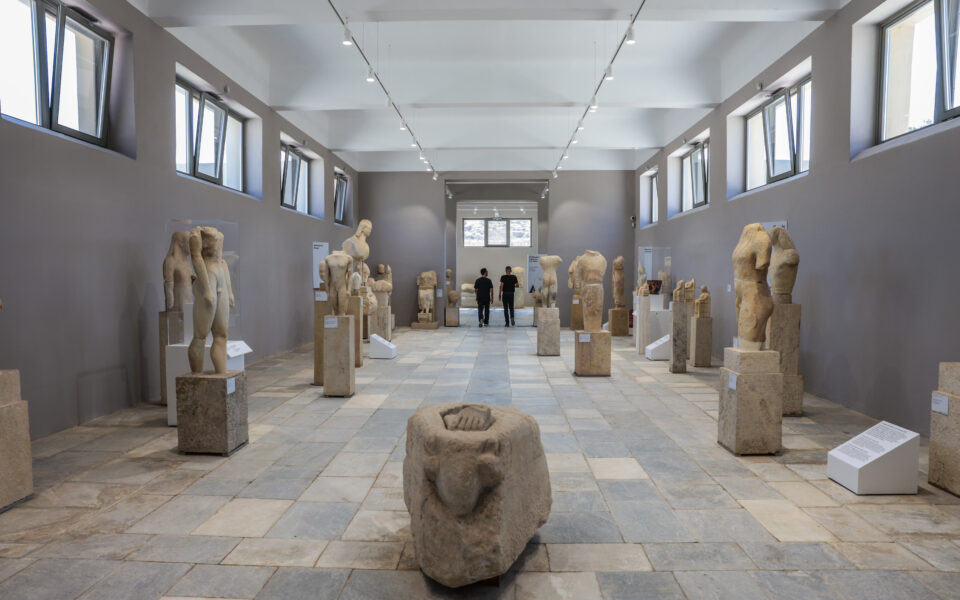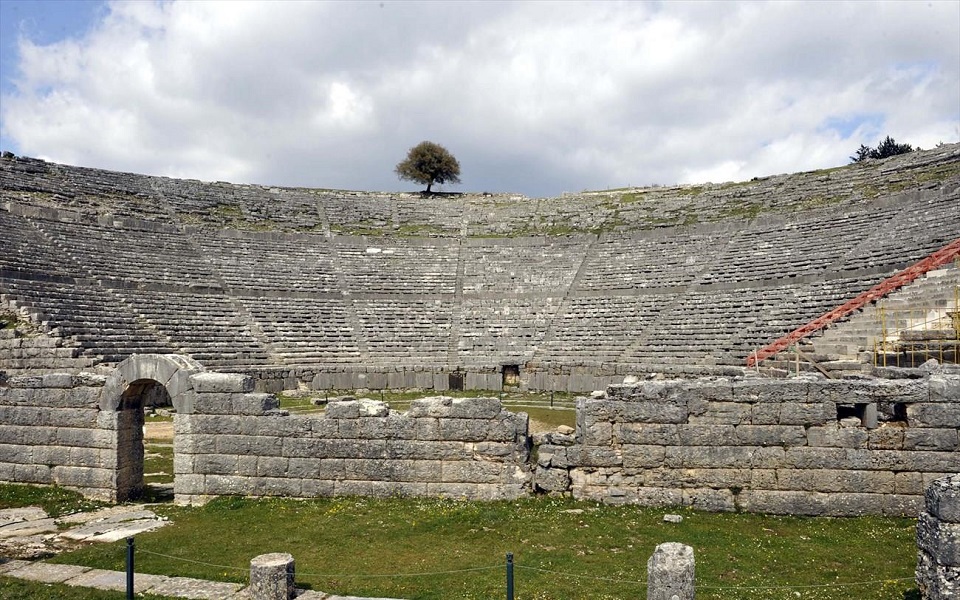To Preserve Ancient Mosaics, Experts Are Burying Them Underground


Cultural heritage worldwide faces a number of mounting threats, from environmental exposure to human intervention and looting. A team of researchers recently found alarming evidence of deterioration due to climate change in the oldest known cave paintings; last month, an ancient Native American petroglyph was irreversibly vandalized. But to help salvage the world’s treasures, archaeologists sometimes turn to an unconventional conservation technique: reburial, the process of burying excavated ancient art and architecture underground.
“When we bury something, it’s usually because it’s dead or we want to hide it,” says a post on the J. Paul Getty Museum’s blog. “But what if burying something actually extended its life?”
Such was the case for an ornate, 1,800-year-old mosaic decorating the floor of the Maison de la Chasse (House of the Hunt) in Bulla Regia in Northern Tunisia that was recently reburied. The Roman and Byzantine-era city, located near the Algerian border, is beloved for its below-ground villas and its incredibly well-preserved, in-situ mosaics — an art form that is usually in good condition when first discovered because floors are the first area to be naturally buried over time. But once exposed, mosaics become especially vulnerable to damage by root growth, animals, and humans.
In collaboration with MOSAIKON initiative partners and national authorities in Tunisia, Lebanon and Cyprus, the Getty Conservation Institute has undertaken and advised on numerous mosaic reburials over the years.
To bury the mosaics, archaeologists first cover the site with a material such as soil, sand, or gravel. Subsequent layers are added and separated by a permeable membrane, like plastic netting or the synthetic geotextiles typically used in agricultural filtration.
“In the past, soil has often been used to rebury because it is readily available during an archaeological excavation and it was the material that helped preserve the site prior to excavation, and so it makes sense to use it again,” the Getty explains. “Today, sand and gravel are more frequently used for maintenance reasons.”
A sudden rise in excavation projects in the 19th and early 20th centuries put many archaeological sites at risk, and reburial can be an invaluable tool for safeguarding them, the Getty explains. The Laetoli Trackway in northern Tanzania, housing the first hominid footprints — roughly 3.6 million years old — was reburied after its excavation in the 1970s. Decades later, when a grove of acacia trees threatened the reburial mound, GCI helped develop a system to prevent plant growth and erosion.
Covering up an archaeological site, however urgent its preservation may be, comes at a price, of course: the public will not be able to glean knowledge and inspiration from its ancient mysteries. In Cyprus, GCI is working with the local Department of Antiquities to explore different conservation techniques, including constructing protective shelters around the site’s exquisite Roman mosaics so they can continue to be visible to art lovers.
Source: Hyperallergic. Written by Valentina Di Liscia




